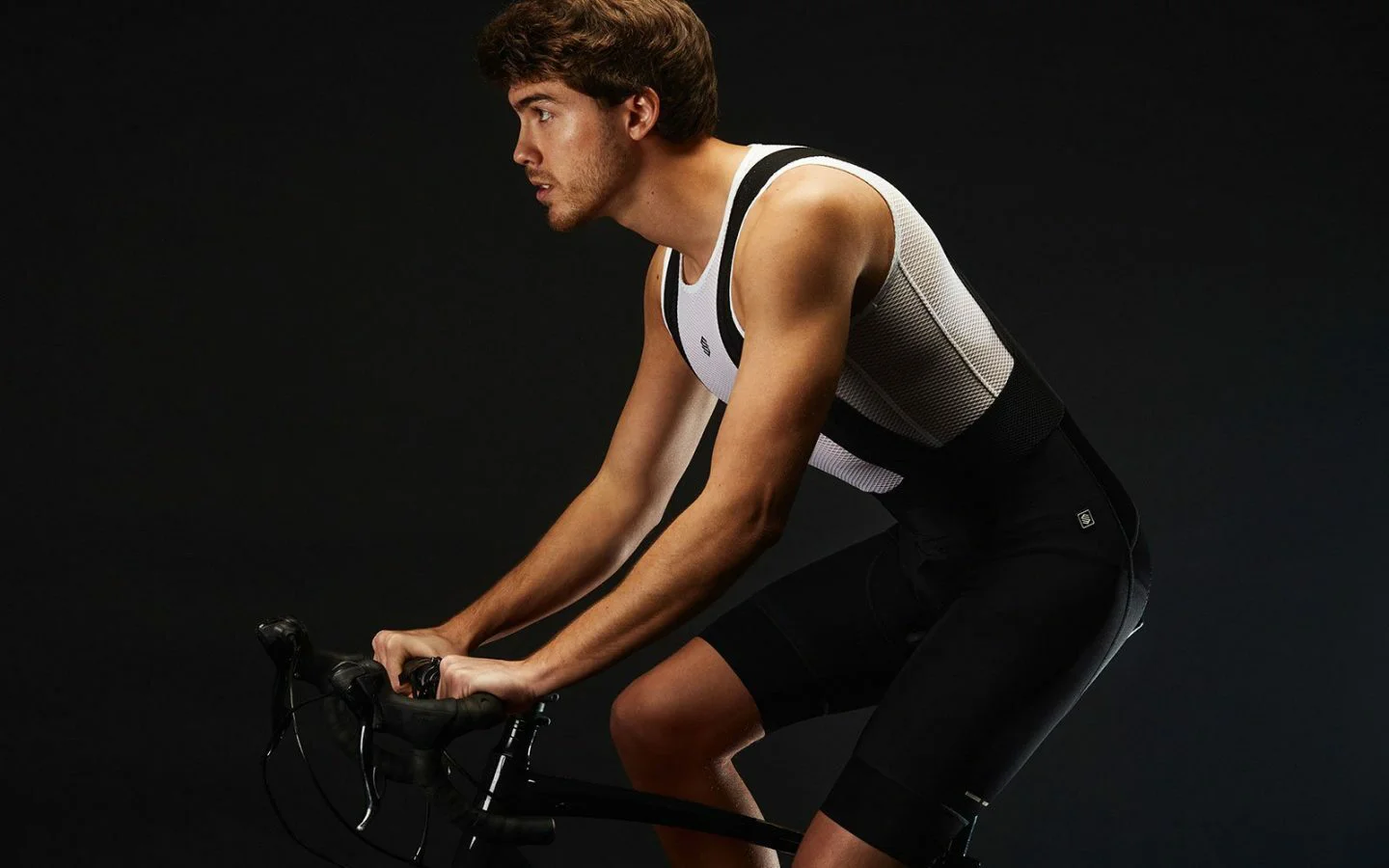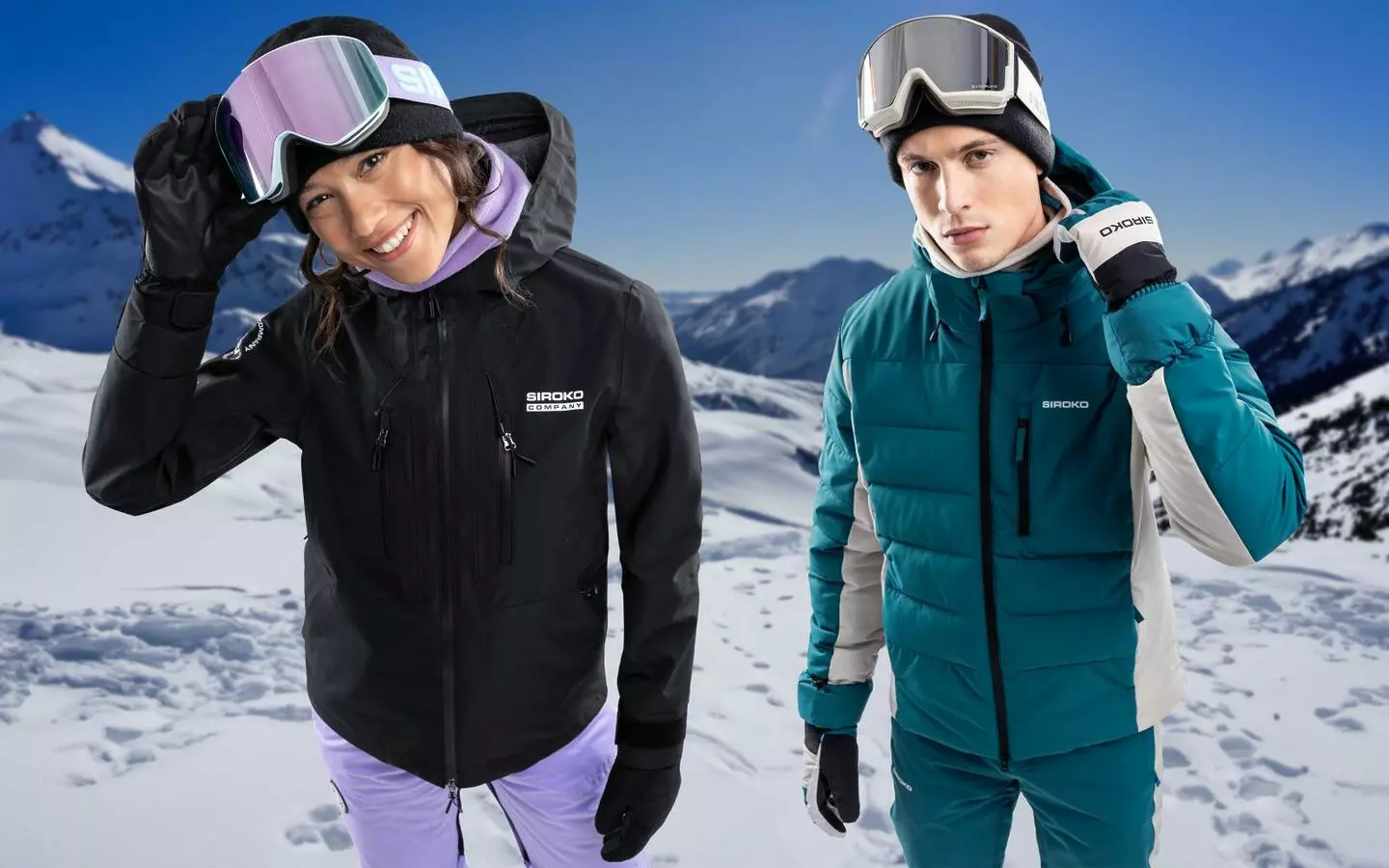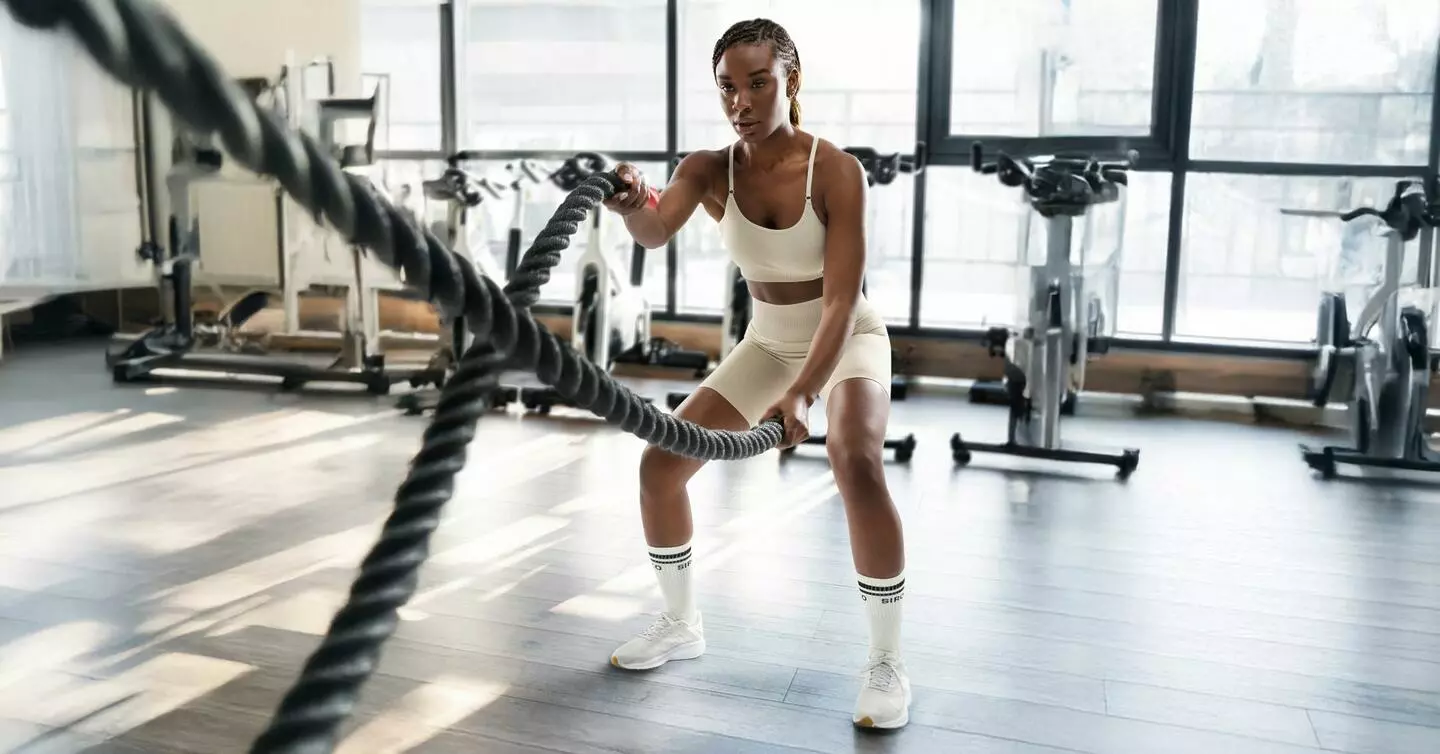If you are planning to buy an indoor bike trainer or you’ve just got it as a gift but never tried such a workout before, we have prepared a few tips to help you decide which bike trainer to choose and how to start using it:
What types of indoor bike trainers are there?
There are three basic types: rollers, direct drive trainers and wheel-on trainers.

Rollers are the least common type and require some riding skill, as well as a lot of concentration. The bike is placed directly on top of two or three rollers.

In a direct drive trainer, the rear wheel is removed, the bike attaches directly to the trainer at the rear dropouts and the bike’s chain drives a cassette connected to the trainer.

Finally, in wheel-on trainers the resistance is applied on the rear wheel. The resistance can be magnetic, fluid or a combination of both.
It is important to choose carefully the type of sensors and technology used in the bike trainers, especially if you are planning to practice virtual cycling. Some models are not smart trainers and may not be compatible with mobile apps.
Where to set up your bike trainer?
If you have an outdoor area, use it! You will appreciate some natural ventilation even if it is just a terrace. If you don’t have any, you can place your bike trainer near a window. If it’s an enclosed space, such as a storeroom or basement, use a fan.

Before setting it up indoors, keep in mind the noise and vibrations emitted by the bike trainer, as well as by the bike’s drivetrain. Every building is different and so are the neighbors. Think carefully about your personal situation to choose the right trainer, as some are very quiet while others can be pretty noisy.
How to set up your bike trainer?
The assembly of most models is not rocket science and it tends to be very well explained by the manufacturer. In some cases there is no assembly needed whatsoever. However, it is important to think about additional equipment you may need to get started:
Mats. You’re going to sweat a lot. Put the trainer and the bike on a mat so that the sweat doesn’t mess up your floor. Many brands sell special bike trainer mats. Whether you choose a professional mat or a simple one, you’ll need to wipe up the sweat after each training. Using towels, blankets or rugs is not practical. In addition, mats will help reduce the transmission of vibrations caused by the bike trainer.

If you’re using rollers, a couple of wheels you rarely use – with special tires for rollers– will come in handy so you don’t wear out your usual ones. If you have a wheel-on trainer, it is a good idea to get a cassette, a rim and an extra tire (ideally a special one for bike trainers). If you have a direct drive trainer, you will only need an extra cassette so that you do not have to assemble and disassemble the one you have in your rear wheel.
The front wheel support is a non-essential accessory but it became a standard feature in many models, as it improves the bike’s stability.
What to wear for indoor cycling?
It depends on where you train, but it’s best to use old or worn clothes, as you’ll sweat heavily, which damages the fabrics. If you still want to use new clothes, wash them as soon as you finish.
You should of course wear bib shorts. If you’re training outdoors and it’s cold, put on a jersey and/or a jacket, you can always take it off as soon as you’ve warmed up. If you’re training indoors, you can wear bib shorts only. If you’re cold, put on a thin base layer or a used jersey so they get some sweat away. When you are done, you will be soaked so dry off quickly and put on some warm clothes so you don’t get cold before getting in the shower. Wash your clothes immediately.
Towel, water, fan and food
The bike trainer is set up and you’re ready to start sweating. Before getting on the bike, prepare a towel to wipe off sweat. A bottle of electrolyte water (or two, if the session is going to be long) so you don’t end up dehydrated. Use a fan if you don’t have natural ventilation or if the place you’re training in is very hot. If you are planning a long session, have some food handy so you don’t need to get out in the middle of the training.
Have fun on the bike trainer!
Let’s be honest, we use indoor bike trainers because we can’t go out cycling (due to lack of time or poor weather conditions). On top of that, being stuck in one place, without a landscape to focus on, training can become pretty tedious. So don’t hesitate to make use of all the available ways to keep yourself entertained: movies, series, music, podcasts, audiobooks, whatever floats your boat!

If you have a smart bike trainer with Ant+ or Bluetooth, or the necessary sensors and accessories on your bike, you can also use virtual cycling apps such as Zwift, Rouvy, Tacx, Bkool, TrainerRoad or Kinomap. All of them are paid apps, but if you are planning to use your bike trainer a lot, it’s worth checking them out to liven up your indoor cycling sessions.
A training plan for the session will make training faster and more rewarding. There are plenty of free and paid options. You can use video workouts from Youtube, a mobile app or simply a piece of paper with times, intensities and cadence plus a stopwatch to keep track.
How long should the training be?
One and a half hours, two at most, will be more than enough, especially if the session is very intense. Bear in mind that you are cycling non-stop, with no traffic lights, no cars, no downhill sections. That means you make the most of every minute of cycling on the bike trainer.
Bike maintenance
Keep in mind that sweat is full of salts that can damage your bike, so once the session is over, clean and dry the handlebars, stem, cables, frame tubes (especially the top horizontal one), saddle and seatpost. If you place the same towel you use to dry yourself on top of the handlebar you will stop the sweat from getting inside the screws, wiring, shifters, handlebar tape or grips.
Cleaning and lubricating the drivetrain (chain, sprockets, chainrings and rear derailleur) is essential. A clean, well-lubricated drivetrain will be more silent on the bike trainer.
With a wheel-on bike trainer, make sure that the air pressure is between 100 and 110 psi. Less pressure will cause more noise and more wear.
Regardless of the type of bike trainer, you have to be careful when applying force to the pedals as there is no side balance you normally get by moving the bike when standing up on the pedals. The bike is locked in the trainer frame, so you have to make that movement with your body.





Thanks a lot for sharing such a great piece of article! I found it a good helpful write-up with a good sound and explanation. Here I have seen some valuable ideas that are definitely helpful for every indoor bike trainer. Please keep sharing more updates!
Hi Graham,
Thanks loads for reading our blog! The content is rather concise to keep it simple and clear. If you have any questions, please feel free to let us know.
Best